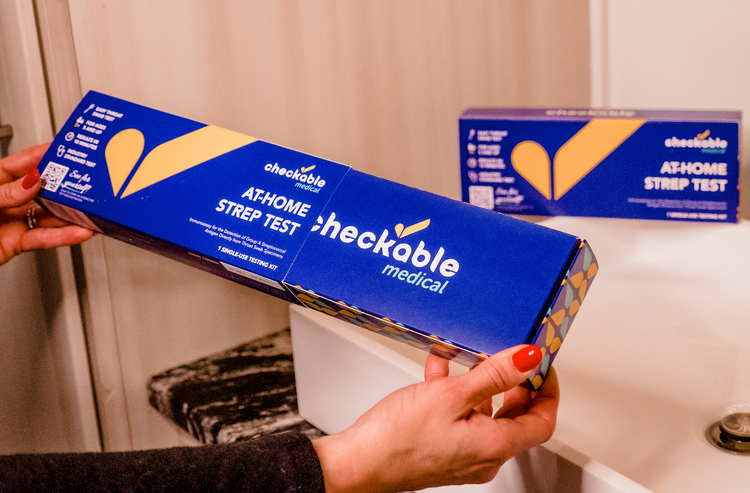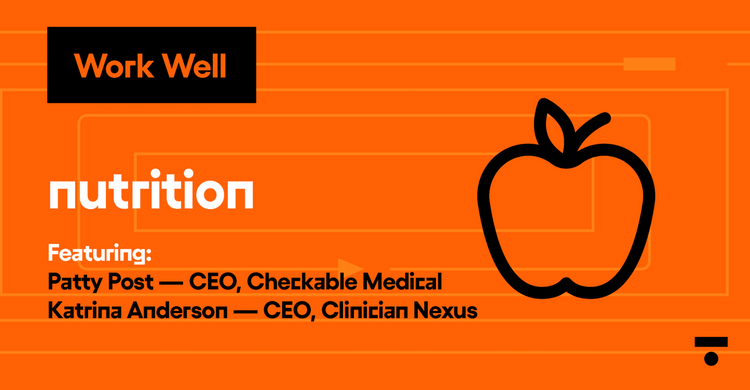
If you’ve been having problems with your pelvic floor muscles, especially after childbirth, you aren’t alone. Approximately 35% of new mothers experience urinary incontinence after giving birth, and about 20% of first-time moms experience severe pelvic floor injuries. Having issues and symptoms with your pelvic floor can be frustrating, defeating, and, well, painful. But that doesn’t have to be the case.
To tackle this complex topic, we called Dr. Angela Turnow to a recent podcast episode to tell us everything we need to know about understanding the pelvic floor. This podcast is part of a 3-part series that tells you everything you need to know about pelvic floor health. Angela is a mom, an orthopedic and pelvic floor physical therapist, and a postpartum corrective exercise specialist who specializes in helping active moms stop bladder leakage that occurs after childbirth.
So, how can you help fix your pelvic floor and the issues that come with it? The solution can be summed up in just two words: Just Breathe!
It seems almost too simple; however, using proper breathing techniques and being able to reconnect and recalibrate with your body can be crucial to helping your pelvic floor feel better. Since your pelvic floor is at the top of your core, your breathing directly affects it. Knowing the correct mechanics of breathing properly, such as positioning your body to use the correct muscles for breathing, is extremely important to your pelvic floor health and potentially mitigating issues with it postpartum. For example, if you breathe shallowly or you tense up when you breathe, that can take a toll on the health of your pelvic floor and the rest of the surrounding muscles.
There are other things to consider for breathing, such as correct posture, how to use your diaphragm, how to use your core, and more. For instance, if you sit up straight, throw your shoulders back, and are tensed up, you are actually disconnecting your core and not using your muscles, including your pelvic floor ones, together and in a connected way. Recalibrating, as Angela calls it, your positioning and using your body’s muscles together openly and calmly and having them work together is important for healthy pelvic floor health.
Even just understanding how your pelvic floor works in conjunction with the rest of your body and using the proper breathing mechanics can make a world of difference. As Angela puts it, “the specific guidance of how to move your body in pregnancy” can help you mitigate some of the changes that occur during pregnancy and after childbirth.
Simply knowing how to breathe properly also adds functionality to your life. Breathing correctly, understanding how your body works together, and building upon that strength evenly can be done at all times, like working, driving your car, or lifting your child. This lets you work on your pelvic floor health without sacrificing functionality in your own life. Now that you know the importance of breathing and its relationship to the pelvic floor, check out our podcast and tune in to the next episodes in our 3-part series to learn more about your pelvic floor and how to take care of it!
Life is too short to sit in a doctor’s office
Sign up for our weekly newsletter and get valuable healthcare tips and tricks in your inbox!
Sign up now and unsubscribe anytime.
- Choosing a selection results in a full page refresh.
- Press the space key then arrow keys to make a selection.
























































































